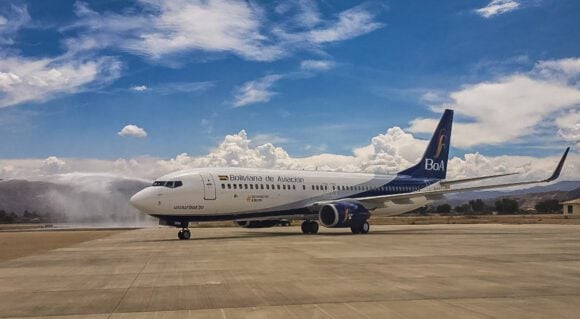
image: cirium.com
After the Department of Transportation cleared the final hurdle to the Alaska Airlines- Hawaiian Airlines merger, the deal is expected to close as quickly as possible. Under the merger, Alaska and Hawaiian will retain their separate brands but gain administrative and overhead synergies through merged activities behind the scenes. The merger is expected to feed flights to and from their respective hubs in Seattle and Honolulu.
Regulatory Requirements
The final hurdles from the DOT enforcement of public interest protections include protecting the value of reward programs, maintaining certain essential service Hawaiian routes, keeping the current mainland-Hawaii flight schedule, and providing lower costs for military families.
DOT Secretary Pete Buttigieg said that the Department’s “top priority is protecting the traveling public’s best interest” during this process. We have secured binding protections that maintain critical flight services for communities, ensure smaller airlines can access the Honolulu hub airport, lower costs for families and service members, and preserve the value of rewards miles against devaluation,
The merger, announced in December for $1.9 billion will bring Hawaiian into Alaska Air Group and serve nearly 55 million passengers annually. Alaska Airlines CEO Ben Minicucci stated, “We look forward to formally welcoming Hawaiian Airlines’ guests and employees into Alaska Air Group. We sincerely appreciate the exceptional care and service that employees of both companies have continued to show for one another and our guests throughout this process, and the support of both airlines’ labor unions, as we proceed to realize the vision for this combination and build a stronger future together.”
The Bottom Line
With minimal overlap, this merger should extend competition by creating new connections to Hawaii from Alaska Airlines cities and new international connections to Hawaiian Air trans-Pacific flights in Honolulu. Maintaining each brand identity while providing additional frequent flyer destinations should be a win for consumers. The airlines win through sharing administrative expenses and operating under a single certificate with economies of scale. This is a win-win merger.
Views: 1




